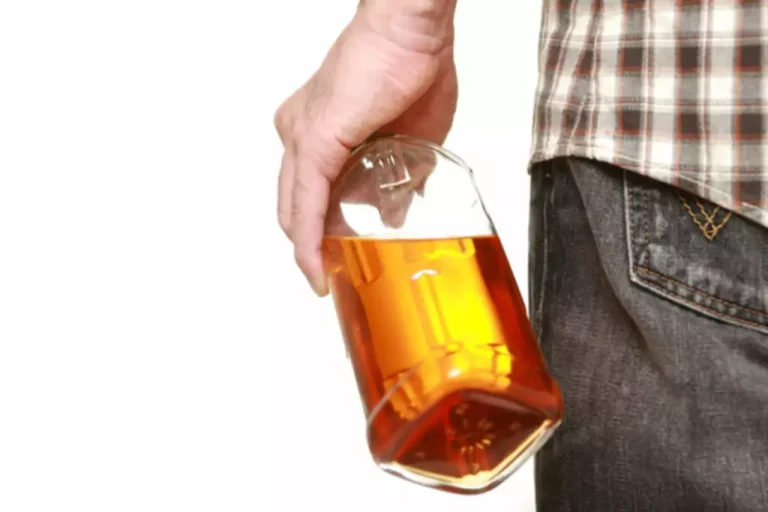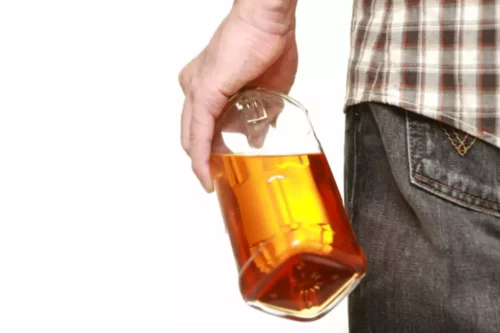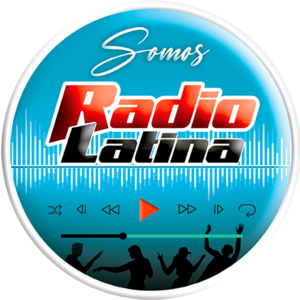
To clarify key terms used in this manuscript, the term substance use is defined as taking any illicit psychoactive substance or improper use Pof any prescribed or over the counter medication. Substance use disorders as used here will refer to substance abuse and substance dependence. Symptoms of substance abuse reflect the external consequences of problematic use such as failure to fulfill role obligations, legal problems, physically hazardous use, and interpersonal difficulty resulting from use.
- Even when people are motivated to change, these experiences are formidable opponents to healthier, more stable, more meaningful sources of gratification, such as the pride one feels in having the ability to say “no” to urges, the satisfaction of having spent a productive day, and the trust of caring others, including therapists.
- Role play, behavioural rehearsal and modeling are used to train patients in assertiveness.
- Addiction and relapse are formidable foes, but with the right tools and support, lasting recovery is within reach.
- Trauma may not have been adequately addressed, necessitating more effective techniques or a longer duration of treatment.
- A psycho-educational self-management approach is adopted in this program and the client is trained in a variety of coping skills and responses.
Case Conceptualization and Functional Analysis
Psychosocial interventions for treatment of alcohol and drug problems cover a broad array of treatment interventions, which have varied theoretical backgrounds. They are aimed at eliciting changes in the patient’s drug use behaviors well as other factors such as cognition and emotion using the interaction between therapist and patient. An individual progresses through various stages of changes and the movement is influenced by several factors.
Social Skills Training

Problem solving therapy (PST) is a cognitive behavioural program that addresses interpersonal problems and other problem situations that may trigger stress and thereby increase probability of the addictive behaviour. The four key elements of PST are problem identification, generating alternatives, decision making, implementing solutions, reviewing outcomes and revising steps where needed. Problem https://ecosoberhouse.com/ orientation must also be addressed in addition to these steps, and the efficacy of PST increases when problem orientation is addressed in addition to the other steps25,26. The first step in planning a cognitive behavioural treatment program is to carry out a functional analysis to identify maintaining antecedents and set treatments targets, select interventions. Early learning theories and later social cognitive and cognitive theories have had a significant influence on the formulation CBT for addictive behaviours.
- These effects have been observed in trials targeting alcohol use with co-occurring depression, cannabis use, and cocaine use.
- The four key elements of PST are problem identification, generating alternatives, decision making, implementing solutions, reviewing outcomes and revising steps where needed.
- Through this activity, you can encourage your participants to say no to drug use clearly.
- For substance misusing clients, any form of psychological treatment leads to better treatment outcomes compared with no psychological treatment, but there is no general consensus that one form of psychological treatment is better than another.
- Specific behavioral and cognitive-behavioral interventions administered to individuals are reviewed below, followed by a review of family-based treatments.
Is CBT Effective for Substance Use Disorder?
There are many challenges that may arise in the treatment of substance use disorders that can serve as barriers to successful treatment. These include acute or chronic cognitive deficits, medical problems, social stressors, and lack of social resources. In addition, certain populations, such as pregnant women and incarcerated patients, may present particular challenges. In each of these circumstances, the use of functional analysis to arrive at strong case conceptualization and the flexibile utilization of treatment components is important. For example, among individuals with low levels of literacy, the use of written homework forms may need to be replaced by alternative means of monitoring home practice (e.g., using simplified forms or having the patient call to leave a phone message regarding completion of an assignment).


Where no substitute prescribing treatments are available with substances such as cannabis and cocaine, there is evidence that psychological treatment alone can be effective in changing patients substance using the behavior. CBT for AOD has a rich theoretical foundation, including general cognitive and behavioral theories, specific models of CBT for AOD (eg, Marlatt and Gordon’s Relapse Prevention Model), and numerous manuals to facilitate training and delivery cbt interventions for substance abuse with fidelity. In other words, the approach is well-articulated, but despite this, knowledge on MOBC (ie, how it works) and specific matching factors (ie, for whom it works) is limited. The limitations are not in study quality per se, but certainly in study quantity (ie, too few mediation studies to build a cohesive narrative of CBT MOBC) and heterogeneity (ie, varied assessment of potential mediators).
There are several types of therapy used in addiction treatment, and one of the most effective is cognitive behavioral therapy (CBT). This article will discuss the use of CBT in addiction treatment and teach you how to determine if CBT is the right therapy approach for you. Since then, cognitive behavioral approaches have been among the most-studied treatment approaches for addictive behaviors, with much of that literature published in Psychology of Addictive Behaviors.
What is a CBT Skills Group?
If CBT is delivered in an integrated format, then additional MOBC relevant to the other intervention should be considered. Platforms for delivering addiction interventions via technology are diverse and multiplying rapidly. In the sections below we will cover only those which (1) are explicitly or predominantly cognitive-behavioral in focus (although several include components of MI and other interventions), (2) the primary targeted outcome is alcohol or drug use, and (3) the intervention is delivered online. We include an expanded description of a computer-based CBT program developed by our research group as a possible paradigm for how CBT evolve in the future.
Cognitive-Behavioral Therapy (CBT) for Addiction and Substance Abuse
- This way, people can manage their feelings of anxiety or depression in positive ways, rather than turning to substance misuse for a quick fix.
- Social skills training (SST) incorporates a wide variety of interpersonal dimensions15.
- In the general population, approximately 3-7 percent of people grapple with a substance use disorder (SUD).
Other elements of CBT include social skills training (effective communication, refusal skills) and problem solving skills. Recent research substantiates that psychosocial interventions for substance dependence can promote behavior change.1 The longer a patient is engaged in treatment the better his or her long-term prognosis will be. However, although rapid strides have been made in the development of effective psychosocial treatments, these have not been translated into routine practice in the clinical care. To provide accurate empathy to patients, and to ascertain the optimal combination of validation for the status quo versus action toward change, it is important for therapists to assess the patient’s “stage of change.” Some patients are quite committed to giving up their addictive behaviors, and thus are at a high level of readiness for change.
What Role Does Trauma Play in Relapse?
When people habitually misuse a psychoactive chemical – whether it is alcohol, marijuana, benzodiazepines, stimulants, opioids, hallucinogens, or any other – they typically receive significant, immediate positive reinforcement (e.g., a sense of “high”) as well as powerful, immediate negative reinforcement (e.g., relief from negative emotions and/or withdrawal symptoms). Even when people are motivated to change, these experiences are formidable opponents to healthier, more stable, more meaningful sources of gratification, such as the pride one feels in having the ability to say “no” to urges, the satisfaction of having spent a productive day, and the trust of caring others, including therapists. Research has shown that CBT can be an effective treatment for substance use disorders, both on its own and in combination with other treatment strategies. CBT typically involves a number of distinct interventions—such as operant learning strategies, skills building, and motivational elements—that can either be used on their own or combined.



